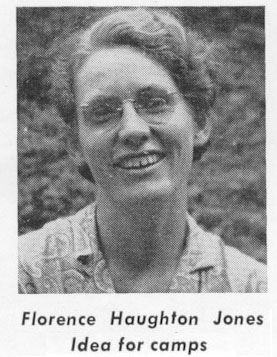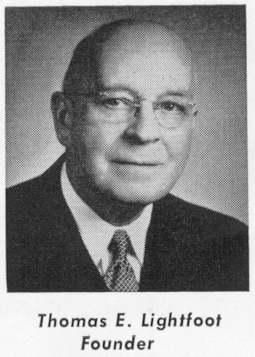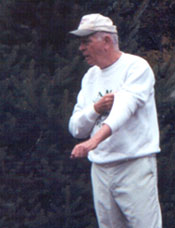|
|
 |
| The idea of what became Eastern Gas and Fuel Recreation Camps was born out of a conversation between a social worker and a county agent on a Montgomery, West Virginia, street corner in the depression year 1933. The social worker was Florence Haughton, who was employed by Koppers Coal Company at the time. The two expressed the wish that the children of mine workers might have the same mind and body building recreation that was offered to other children. The social worker took the thought to Mr. Thomas E. Lightfoot, an official of the coal mining organization. Within two years Mr. Lightfoot had moved the thought to reality. Of course, Koppers Coal Company did not own a camp site and therefore it was necessary to arrange to rent a camp. The first camp site rented was the Fayette County 4-H Camp; the first group of children attended camp in 1935. The 1935 experiment proved successful. Rental of camps expanded each year, and continued until 1941 when a new permanent camp site was purchased and construction was completed. |
| The permanent camp is known as Camp Thomas E. Lightfoot, named in honor of its founder. It is located along the Greenbrier River near Hinton, West Virginia. The land consisting of 83 acres was purchased from the Ferrell family. |

